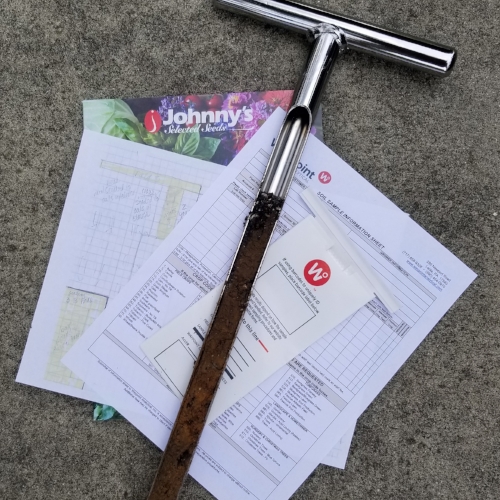Three Things You Can Do Today to Increase Your Profit Next Season
No one has ever said farming is trouble-free. If it were everyone would be doing it. However, there are simple things you can do it increase your odds of being profitable.
1. Create a Field Map
Often I start working with a new farmer and they keep records for everything else but don’t have a map of their fields or beds they are farming. It doesn’t have to involve an elaborate to scale rendering of your entire property, that can come in time.
What it should do is map out all the fields or beds that are currently being used and ones that are fallow or left for future production. The map should coincide with the history of the field including information like crop rotations, herbicide and pesticide applications, any amendment and fertilizer applications, notes about crop health, possibly include pictures, any soil test results, and notes regarding any normal or abnormal conditions related to the field.
Having field maps helps to create the framework necessary to establish a soil testing rotation that works for the crops and you. Field mapping will ensure tests are done promptly to reduce unnecessary costs for amendments and fertilizers.
Here is an example of a field map from a grower I recently consulted with.
Nothing fancy, but enough with coinciding information I could make necessary decisions regarding their farm's soil fertility program for the next growing season.
2. Get a Soil Test
During a recent interview for the Grazers Grapevine Podcast sponsored by the PA Grazing Lands Coalition. One of the questions asked was, “What if a farmer doesn’t want to get a soil test?” Believe it or not, I have farmers that don’t test their soil regularly with lab tests. They are monitoring soil health by other factors and making soil fertility decisions based on crop health and quality.
I also have farmers that not only do regular soil testing; they invest in sap testing, Solvita testing, take routine tissue tests, and perform on-site Brix testing. The type of testing done or not done has to be a farmers’ choice and work with how they are managing their farm. Yield goals and crop management determine the frequency, timing, and type of tests used. For more on soil testing refer to Week 24 at the following link
https://www.theaccidentalagronomist.com/news/2018/6/11/ag-101-week-24
3. Crop Selection
Focus on what had minimal labor and input costs produced good yields, and sold at market.
Other factors to take into consideration are climate, soil capabilities, average rainfall, average growing degree days (GDD) for your area, and availability of disease and pest resistant seed varieties.
Three valuable resources are-
Soil capabilities
https://websoilsurvey.sc.egov.usda.gov/App/HomePage.htm
Weather monitoring
https://www.agweb.com/weather/
Seed Supplier


